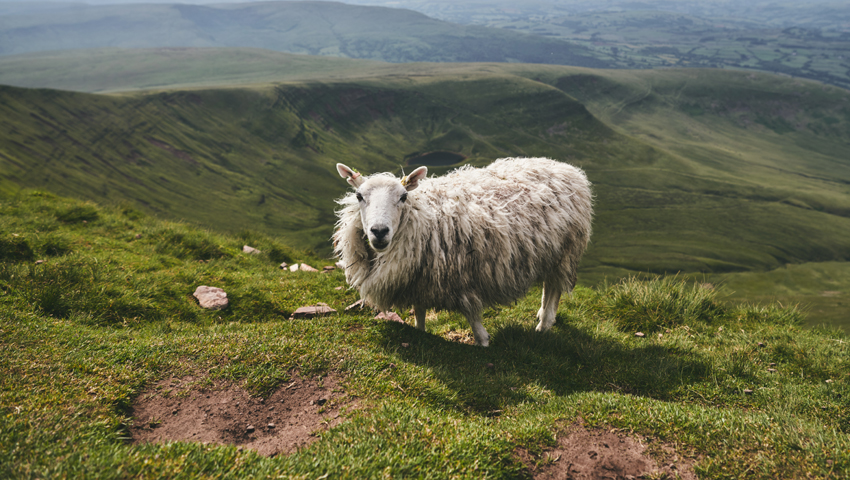A NEW report reveals a viable business model for farmers to move towards production systems which increase profitability, reduce reliance on external inputs, and contribute to environmental recovery.
The research, conducted by Nethergill Associates, looks at 165 farm business accounts detailing how agricultural outputs can be made more profitable before support payments and other revenue streams are taken into account.
The report, “Farming at the sweet spot – how farming with nature can make you happier, healthier and wealthier”, finds that maximising production is both financially and environmentally unsustainable if reliant on large quantities of fossil fuels, artificial fertilisers, and animal feed.
Martin Lines, CEO, Nature Friendly Farming Network: “The hidden costs of unsustainable farm practices are hitting farm businesses hard. Our over-reliance on costly inputs is to the detriment of our farmed environments. This report charts a way forward for the sector to strengthen its resilience by working with nature, not against it. The ability to measure the financial and environmental sustainability of farm businesses, using naturally available resources as an indicator of efficiency, takes great strides towards a truly sustainable food system that underpins the UK’s long-term security.”
Over the past two years, Covid-19, the war in Ukraine and Brexit-related labour shortages have exposed the fragilities of the food system. Farmers facing impossibly tight profit margins are feeling the added financial pressure of sky-high inflation in energy and fuel costs while navigating increasingly unpredictable and extreme weather events.
Many farmers have responded to these pressures by adopting strategies to increase farm output, but have found insufficient financial return on their investment. The new report published today details the high costs of this ‘high input, high output’ system and shows how the economics of nature-friendly farming stack up as a viable alternative business model.
Farming at the sweet spot, published by the Nature Friendly Farming Network and The Wildlife Trusts, presents robust analysis of a ‘sweet spot’ called the Maximum Sustainable Output which benchmarks improvements to commercial returns by assessing a farm’s revenue, variable, and fixed costs.
If farming at the level of Maximum Sustainable Output, the study finds that the staged reduction of costly inputs, such as artificial fertiliser, pesticides, and imported feed concentrate, makes farmers significantly better off across all farm systems studied.
The predicted commercial returns, before farm support payments, sees an average increase of 10% – 45%. By farm sector, the commercial return is 45.3% for lowland livestock, 39.1% for upland livestock, 32.7% for dairy systems, and 9.5% for lowland arable farms.
Chris Clark, Nethergill Associates: “This approach changes the yardstick for success away from the volume of production, to one that focuses on maximising commercial returns (before support payments) and leads to a way of farming that is much more aligned to farming in balance with the natural resources available.”
If farm output is underpinned by recovering natural on-farm assets, such as soil health and grass yield, it strengthens farm business resilience, increases stability against external shocks and stressors, and reduces reliance on inputs.
The resulting environmental benefits of moving to Maximum Sustainable Output can also significantly improve farm ecosystem functions, such as pollination and soil health, improved water quality, and reductions in greenhouse gas emissions.
This approach to farming that works in harmony with nature would help put farmers in a position to take advantage of a new era of farm support that is increasingly focused on the provision of public goods through environmental delivery.
